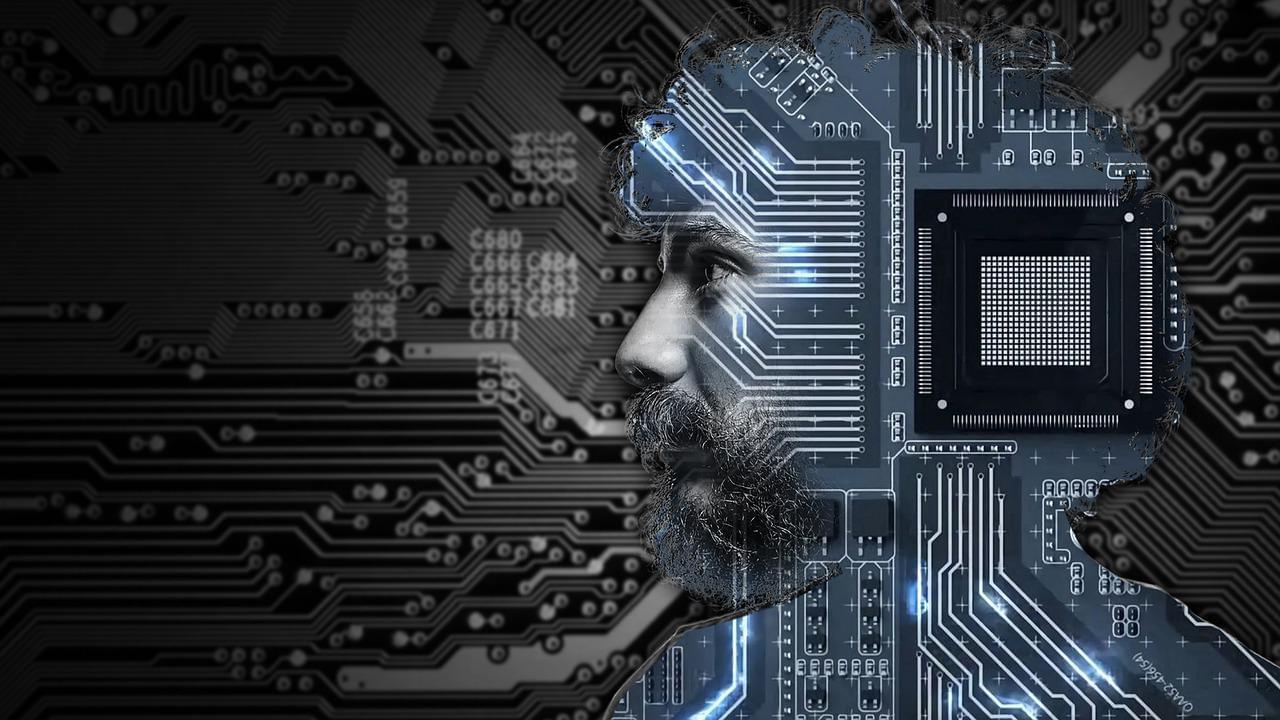
About Visible Light Communications
Oct 14, 2023
In telecommunications, visible light communication (VLC) is the use of visible light (light with a frequency of 400–800 THz/wavelength of 780–375 nm) as a transmission medium. VLC is a subset of optical wireless communications technologies.
The technology uses fluorescent lamps (ordinary lamps, not special communications devices) to transmit signals at 10 kbit/s, or LEDs for up to 500 Mbit/s over short distances. Systems such as RONJA can transmit at full Ethernet speed (10 Mbit/s) over distances of 1–2 kilometres (0.6–1.2 mi).
Specially designed electronic devices generally containing a photodiode receive signals from light sources, although in some cases a cell phone camera or a digital camera will be sufficient. The image sensor used in these devices is in fact an array of photodiodes (pixels) and in some applications its use may be preferred over a single photodiode. Such a sensor may provide either multi-channel (down to 1 pixel = 1 channel) or a spatial awareness of multiple light sources.
VLC can be used as a communications medium for ubiquitous computing, because light-producing devices (such as indoor/outdoor lamps, TVs, traffic signs, commercial displays and car headlights/taillights) are used everywhere